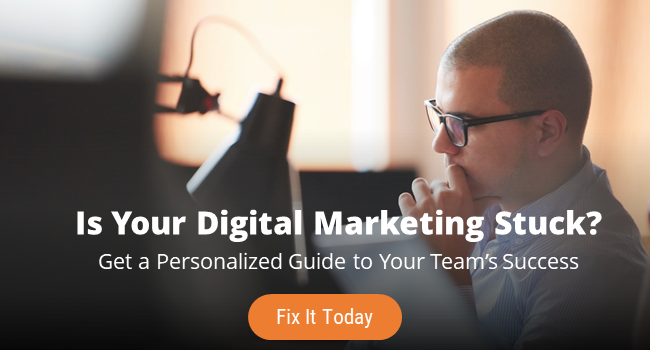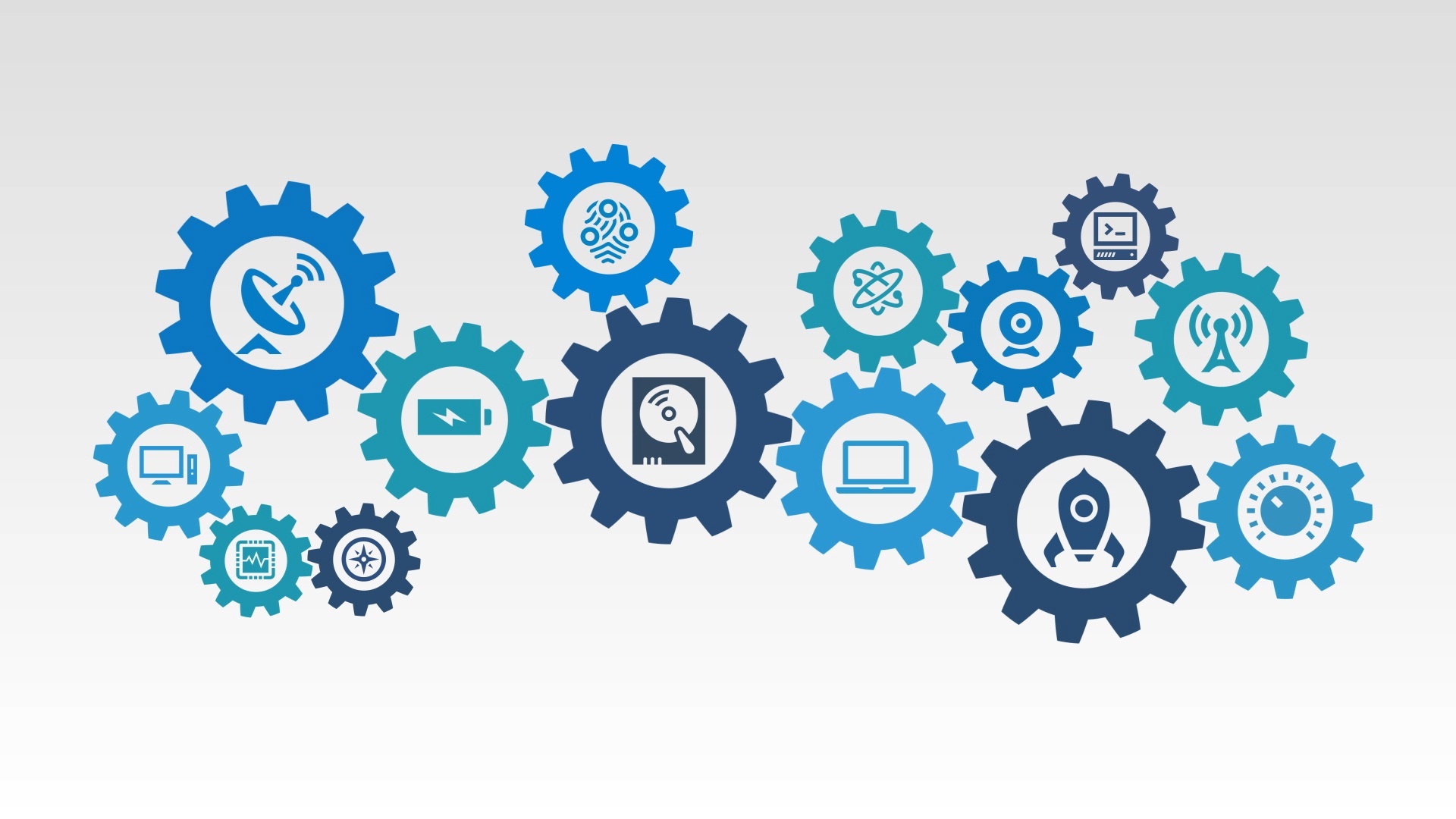Note: This blog post is the second in our series about the five stages of digital marketing maturity that most businesses fall into. Here are the first, third, fourth, fifth and sixth blog posts in the series.
There is no getting around the fact that digital channels have permanently changed the way we interact with each other. They have changed the way we communicate, work, and make purchases. And yes, they have changed the way we run our businesses and interact with our customers.

According to a survey of executives, 78 percent of respondents agreed that digital transformation is critical to their organization. However, 63 percent of executives believe their organization is changing too slowly, citing a "lack of urgency" as the main culprit.
Digital marketing maturity is a company’s ability to deliver a fluid, digital brand experience. Embracing a digital marketing strategy is crucial for all companies, whether the majority of their business is done online or not.
In this blog post, we’ll look at the first stage of digital marketing maturity, called the traditional stage. We’ll also discuss some of the challenges faced at this stage and how these businesses can move forward.
What Does a "Traditional" Business Look Like?
In some ways, this stage is kind of self-explanatory; businesses are operating with traditional forms of marketing. The way they’re currently doing things is mostly the way they’ve always done them.
Some of the standout characteristics at this stage are:
- Customers communicate with the company primarily through their website, email, or over the phone.
- All of the digital marketing information exists in silos and many of the functions are disconnected.
- The company is just beginning to understand the importance of implementing data-driven marketing solutions.
In the past, there was some ambivalence to the idea of building a digital presence but this is slowly beginning to change.
Obstacles to Digital Marketing Maturity
You could make the argument that marketing has changed more in the past five years than it did in the previous 50. Developing a quality product used to be enough to make businesses stand out.
But now there is limitless online data, customer reviews, and a never-ending variety of vendors to buy from. And customers can receive most of the information they need before they even visit your company website.
This makes marketing much more difficult and cold calling, company mailers, and trade shows just don’t have the impact they used to. Companies without a digital marketing plan will have a much harder time competing in the marketplace.
But older systems are difficult, time-consuming, and expensive to update. And you may find yourself struggling to discern what areas to start with -- internal operations? Customer relationships?
Because on-line marketing is a new initiative for traditional companies, they find it difficult to know where to begin. And many companies find it difficult to create a plan for moving forward.
Moving Toward Digital Marketing Maturity
Digital marketing maturity is never a "one-and-done" event but rather it is a process of continuous improvement. Every business who wants a on-line marketing presence has to go through the process; some businesses are just farther along than others.
The good news is that any business can begin moving in the right direction. If your business finds itself at this stage, a good place for you to start may simply be by doing a marketing audit.
Inalign’s custom programs will look at not only your data but your competitor’s as well. A comprehensive marketing audit will also analyze your content, SEO, social media, and more. And once we’ve done the audit, we help you develop your digital roadmap for where to go next.



.png)




